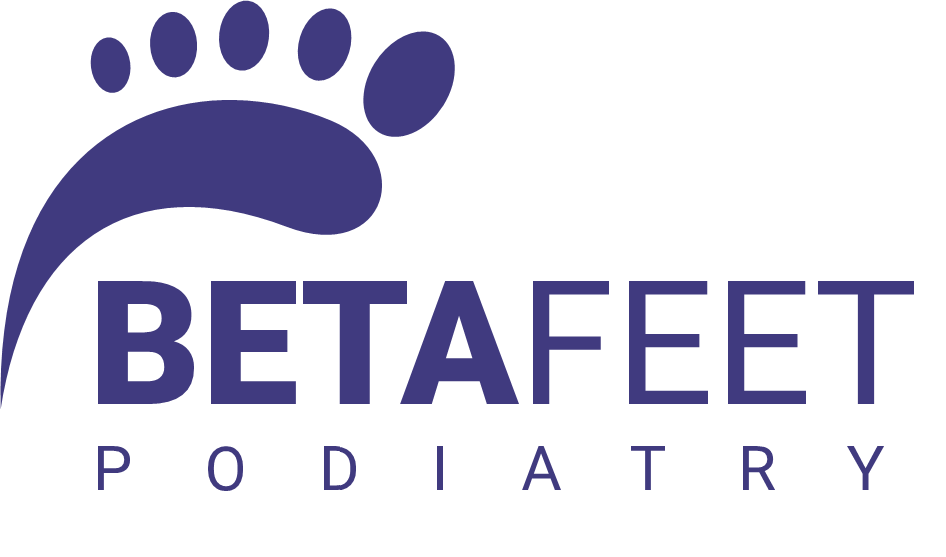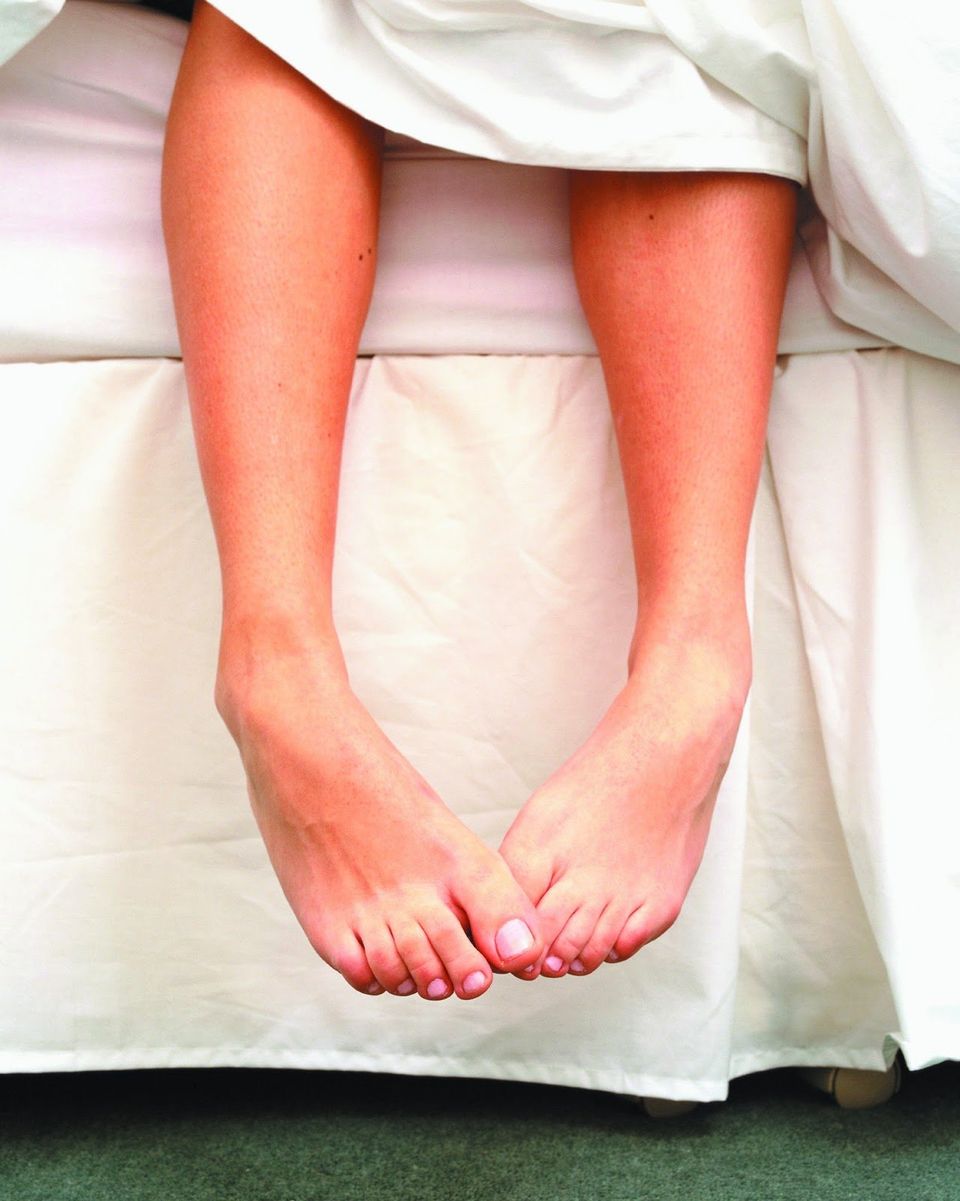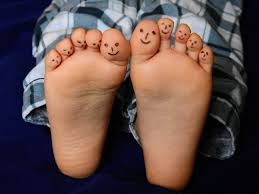21 May, 2016
Total and Partial Nail Avulsion for the Treatment of Ingrown Nails
I've been in the process of designing a new patient information leaflet on Nail Surgery for Betafeet Podiatry and have been asked to share this information with you on our blog page:
What is nail surgery?
Nail surgery is the removal of all of the toenail or part of the nail. A local anaesthetic is used so that you will feel no pain during the procedure. After the removal of the nail, a chemical may be applied to the exposed nail bed to prevent regrowth by destroying the nail cells. (However, it is possible that some nail regrowth may occur). Healing takes between four to eight weeks.
Pre Surgery Guidelines
1. Please avoid alcohol on the day of surgery.
2. You may continue to eat as normal.
3. Bring suitable footwear, as your toe will have a bulky dressing on it. Open toe sandals with adjustable straps are best. You will not be able to wear a normal shoe directly after surgery.
4. Do not to drive or use public transport after surgery, please arrange adequate transport. A friend or relative who drives or a taxi is best.
5. Some people may feel faint. We advise that you come accompanied for extra support. If you do come alone do not worry, the podiatrist will ensure you are ok before you leave.
6. After the anaesthetic has worn off, your toe may be painful.
7. If necessary, take your usual painkillers, BUT NOT ASPIRIN (Aspirin is not advisable as it thins the blood and can cause undue bleeding).
Nail Surgery Procedure
1. The procedure will be performed by a podiatrist and normally takes less than 1 hour.
2. You will be asked to sign a surgery consent form and check medical history.
3. The Podiatrist will inject your toe to make it pain free.
4. A local anaesthetic will be injected into both sides of the base of the toe. The sensation of both touch and pressure are not affected, this is normal. The local anaesthetic may cause some discomfort when being injected into the toe.
5. When your toe is numb, part or the whole of the nail will then be removed.
6. A chemical may be applied to an area of the nail bed to prevent re-growth.
7. After the surgery, the tourniquet will be removed, the toe will be checked for return of your blood supply to the toe and a sterile dressing will be applied.
8. You will then remain for a short period of time in the clinic with your foot up and the dressing will be checked to make sure there is not too much bleeding before you leave the clinic.
9. If undergoing a partial nail removal, the appearance of the nail will be permanently altered in width. 10. The anaesthetic will take about 2-3 hours to wear off; please take extra care not to damage the toe in this period.
11. You may feel tired afterwards, and it is advisable to rest your foot in an elevated position.
12. Avoid driving or excessive walking and ensure footwear is not too tight.
13. The dressing on your toe should be kept dry until your first re-dressing.
14. Any damage or infection in this period will increase the healing time.
15. The wound will discharge a lot of dark red/brown fluid which will gradually dry up. This is the dead nail tissue sloughing away and is quite normal.
16. Should you experience any increased pain in the treated area or excessive bleeding, please contact your podiatrist. Outside clinical hours contact your doctor or A&E clinic.
Aftercare Dressing Plan
1. After your first check up soak the wound in lukewarm salt water daily. Boiled water left to cool is best - always test temperature first.
2.The wound will need to be dressed with clean gauze dressing and tape, after each soak.
3.Dressings need to be continually changed daily until toe heals. This is usually 4-5 weeks.
4.You may bath and shower.
5.Wear only spacious shoes that cause no discomfort.
6. You will be given a final check up appointment in about 6 - 10 weeks to ensure that the toe is healing satisfactorily.
7. Avoid strenuous exercise or sport until the nail bed has fully healed.
8. If in doubt contact your podiatrist.






